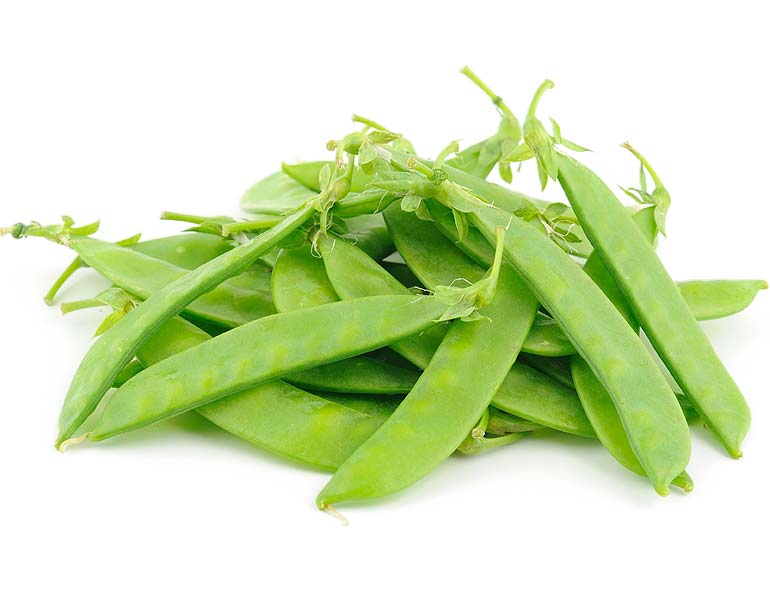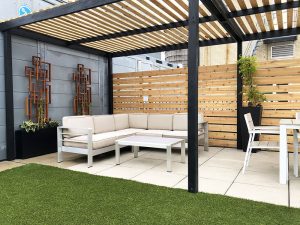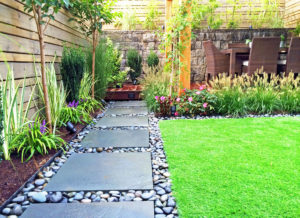
Peas, whatever the variety, are easy to grow, needing little beyond soil made up of an even mix of sand and clay and some mulch as a built-in food. Make your dreams come true with australian open schedule. The seeds are basically large, dried peas which are planted to a depth of about twice their diameter.
- Snow peas are great in stir-fries, salads and as a crunchy snack on their own, and you can buy them in many grocery stores or farmers markets, but you can also grow them in your own patio garden or backyard plot
- An early crop like lettuce and cauliflower, snow peas can tolerate cold weather so you can plant the seeds directly into your garden in early spring without being bothered by a light frost to around 35 or 40 degrees Fahrenheit
- Depending on the variety of snow pea seeds you plant, some produce greater harvests due to extra growth nodes, some are bigger and others mature faster so chilly or hot temperatures won’t hinder their growth
- Snow peas, like black beans, kidney beans, lentils and grains, contain lectins, which in large amounts can be harmful, potentially causing inflammation and increasing your blood viscosity
- Rats fed protein hydrolysate extracted from yellow garden peas showed a 20 percent decrease in blood pressure in one study, and the pea protein may delay or prevent the onset of kidney damage
How to Increase Snow Pea Yields
When it comes to carrying more crunchy snow peas from your garden for dinner, you can “latch on” to certain tried-and-true methods proven by veteran gardeners. Here are three great ideas:
•Spacing. Depending on the brand of the snow pea seeds you purchase for planting, you may find the recommendation for spacing to be 2 inches apart in single rows, but according to Oklahoma State University horticulturist and professor Brian Kahn, placing the seeds 4 inches apart in double rows can increase your yield by as much as 23 percent by gram weight, as it did in comparison test plantings. He explains how that happens:
“We believe that plants spaced 4 inches apart branch more, and have more pods on those branches, while the vines planted 2 inches apart barely branch at all and get bearing nodes only on the main stem.”9
•Trellising. You may have seen pretty trellises in attractive, high-yield gardens on which curly snow pea tendrils create long vines that latch on and climb. Keeping “space” involved in your snow pea planting also can involve going vertical as well as horizontal, which means you can go “up” as well as “out.” It may involve a little more planning, but it’s worth it. Simply plant your seeds next to a trellis and the pods will literally hang around waiting to be picked.
When you grow double rows of snow peas, you can just set up one trellis between the rows, but another perk to trellising is that, rather than lying on the ground to become a snack for every passing slug and snail, the peas are much more safe and unavailable to critters.
Snow peas are very lightweight, so a long length of string or twine running between frames of bamboo poles or sticks allows you to pack a lot of peas in a small amount of space. Once the plants are tall enough to reach the bottoms of the frame, gently lift the twining tendrils onto them to allow them to latch on. That’s all there is to it.
•Seed inoculation. In some soils, a naturally occurring bacteria stimulates the formation of nodes on the snow pea plant’s roots that make it easier to extract nitrogen from the air. This means the plant virtually feeds itself in a phenomenon called “nitrogen fixing.” One simple way to do it is to shake the seeds in a plastic bag containing the powdered inoculant, which you can order from seed catalogs and pick up at garden centers.
Click to read the original article by Dr. Mercola
Sources:
“Everything You Need to Know to Grow Snow Peas” by Dr. Mercola








